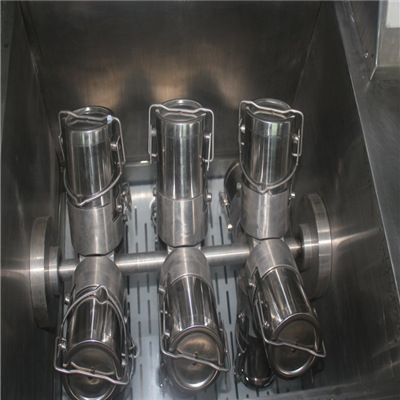
NewsInformation Center
Washing Color fastness Test Steps
2018/01/04
Color fastness is the ability of fabrics to retain the dyes used to color them. Some fabrics hold dye within their fibers extremely well - like denim - while others do not (mostly synthetic or artificial non-natural fabrics) and tend to "bleed" when they are washed. The denim would therefore be more "color fast" than the other fabric.


A specimen of the textile to be tested, with the adjacent fabric attached is subjected to washing under specifiend conditions. Te extent of any change in color and that of the staining of the adjacent fabric are assessed and the rating is expressed in fastness numbers.
There are two types of adjacent fabrics; single fibre fabric and multiple fibre fabric. In the case of multifiber fabric only one specimen is required and in the of single fiber fabric two adjacent faabric are required.There are various colorfastness tests. Details of washing fastness tests are given below.
Test Steps :
Take two pieces of fabric about 5cm by 5cm, one of which is undyed cotton and the other undyed wool. Stitch them together along one side.
Take some sample strips of the dyed yarn and spread them evenly between the two pieces of cloth so that they overlap both sides. If dyed fibre is being tested a combed sample can be used in place of the yarn.
Sew around all four sides of the cloth so that the yarn is held in place.
Prepare a similar specimen with dyed materials that has satisfactory properties and place them in two jars with screw lids containing a solution of 5gm per litre soap or detergent solution at 30oC.
Agitate the two jars gently for 30mins, then remove the fabrics and wash them gently in clean water for 5mins. Open the stitching and separate the pieces to dry in air. Examination:
Place the dyed yarn next to a sample of the same material which has not been tested, and compare the change which has taken place. Compare also with the control sample with satisfactory properties. If the dyeing being tested shows equal or less change than the satisfactory sample, then it is as good as the satisfactory sample.
Place the wool and cotton cloths next to samples of the same material which have not been tested and compare them with the cloths that have been tested with a satisfactory dyeing. Equal or less staining shows equal or better fastness.
Previous: what is Scratch and mar?
N e x t : Steps For Improving Color Fastness To Rubbing



